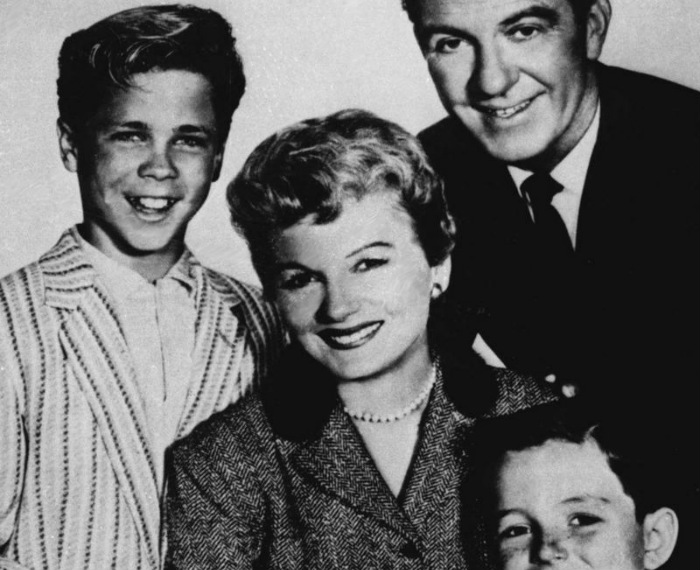Excerpt from Amy Edelstein’s book Love, Marriage & Evolution: Chapter 7
After a certain age, when we hear the word home, it doesn’t conjure up our parent’s house anymore. It’s something we expect to create in our marriage; we expect to experience coming home when we are with each other. Think about it though, we’re not necessarily very clear about what we’re looking for, why we’re looking for it, whether what we’re looking for is actually the right thing to look for, or if it’s even valuable at this point in time. There’s so much fluidity and change. Is the idea of home an outdated one, a notion from the past that no longer applies?
How do we create a wholesome environment that is safe, secure, and stable yet not a throwback to a different period of time with values that don’t align with our current, higher aspirations?
The arts, in particular movies and television are useful to study because we’re all influenced by popular culture, and popular culture also parodies and delivers the values we hold. Broadly accepted images of home change as culture changes. Remember the classic musical Fiddler on the Roof and the sense of home—and transition—that tale conveys? The story begins with a traditional home where the Papa did one thing, the Mama did another, and the daughters fit into that structure. A specific set of orders and rules sustained the consciousness of that home. The family unit was tightly set inside a community. As the plot unfolds, the world is in a state of transition. First their home as a physical dwelling was disrupted and the values that created home also got displaced. Safety, security, faith, relationships all experienced upheaval. Home transitioned from a way of life and community what you could see, touch, and rely on to internal bonds. It’s powerful to consider that depth of transition and the factors at play.
TV shows like Leave It to Beaver illustrate modern values in 1950s America. The mother and father in their starched and beautiful clothes lived in a tidy house, with nice-looking children. Mother baked cupcakes and was always at home. Father went off to work in the morning and kept an ordered and loving discipline in the house. How many of those values still hang like dusty cobwebs in the back of our minds, seemingly outdated yet still present, brushing our consciousness with a light but discernible touch?
As we moved into the 1960s, we started to see different family units. We started out with the Brady Bunch, single parents who were widowers each with three children. We also started to see more edgy family units: Marlo Thomas in That Girl was the first prime-time television, female character who was not married, who had both a boyfriend and a career and was not looking to create a traditional home. This was radical at the time. As we ventured into the 1980s, we had Will & Grace, young, postmodern friends creating a home together but with no romantic relationship between them.
Our images of the family structure have certainly transformed, but a lot of what we hold as an ideal is still measured off of values that come out of times or lifestyles that are not our own. In your relationship, what is home? What would you consider home to be? What are some images that represent home? When I ask this question of couples, they tend to express some interesting qualities. They describe “home” as the rhythms of living together; ease and harmony; a consciousness that comes from oneself and also a space or place we can enter into; a place of support and safety; a place whose inhabitants speak the same language.
Home represents that place we associate with love. It signifies family, acceptance, being at one with ourselves and our values. Many people are already working quite hard to establish a different set of values to define home in the new century, and yet they also want the stability that was so present in the more traditional culture we know of from the past. How do we create a wholesome environment that is safe, secure, and stable yet not a throwback to a different period of time with values that don’t align with our current, higher aspirations?
In order to create these new values, we have to be able to articulate them. We have to put in effort to bring them forth, pulling them from the imaginal into the present, otherwise we default into what we know, habits and values we grew up with.
—
This is an excerpt from Amy Edelstein’s new book Love, Marriage & Evolution. If you like what you read here please download the entire book, and share this content with friends and family.![]()
